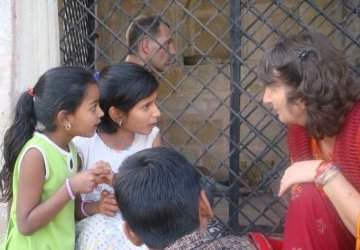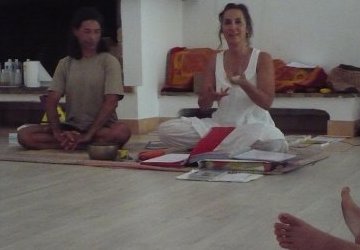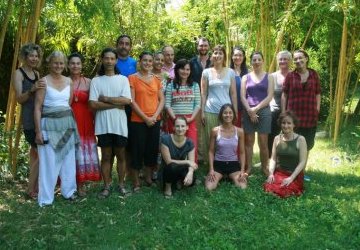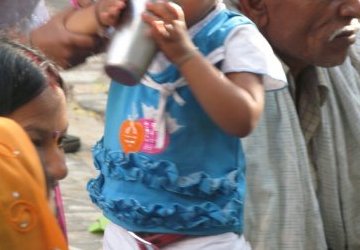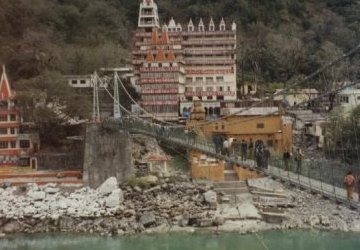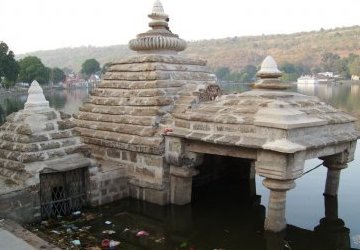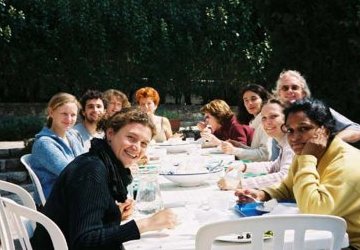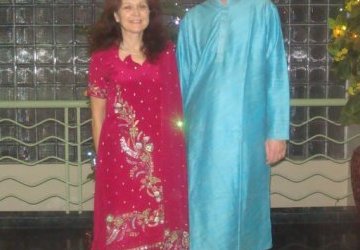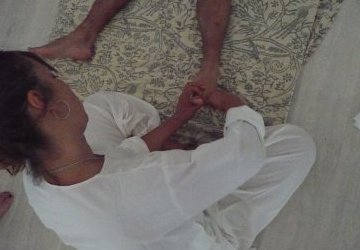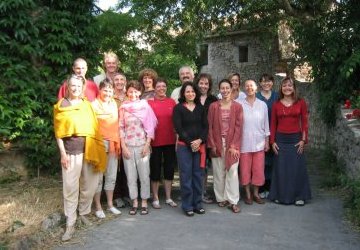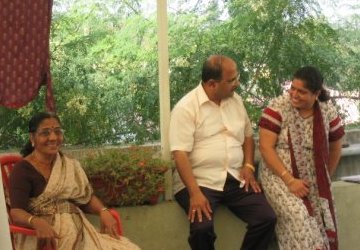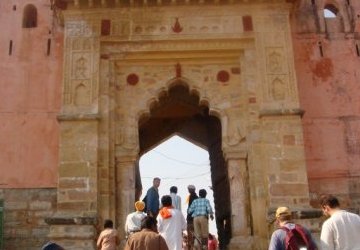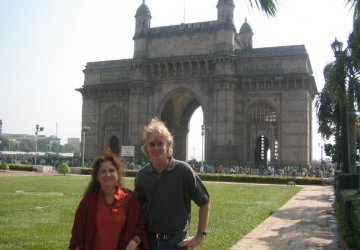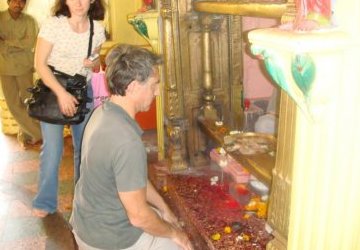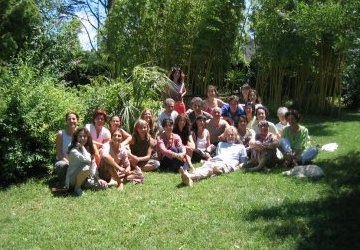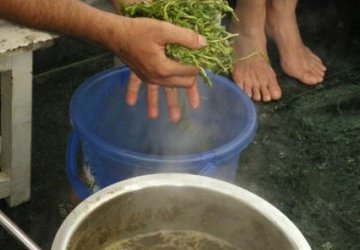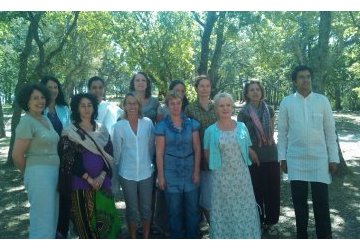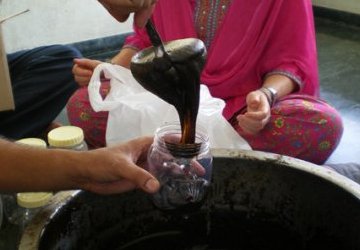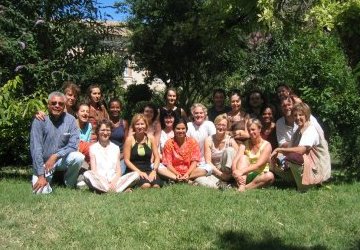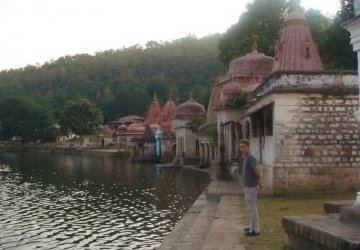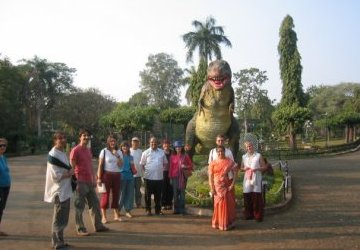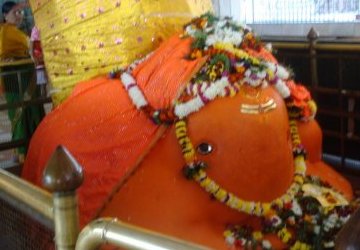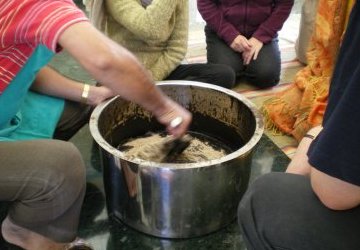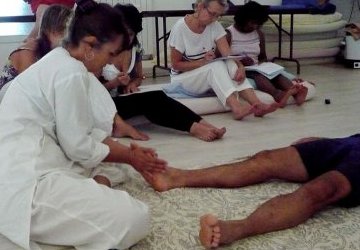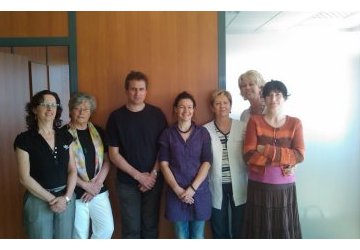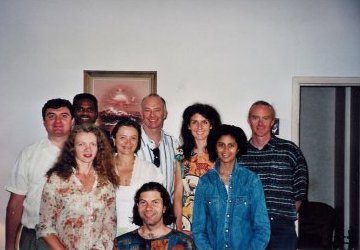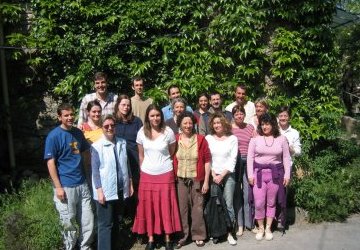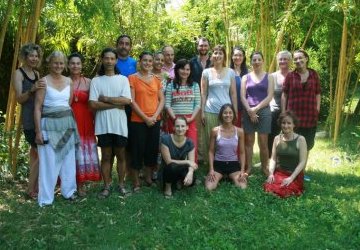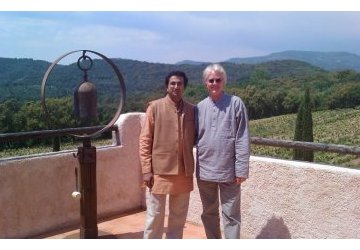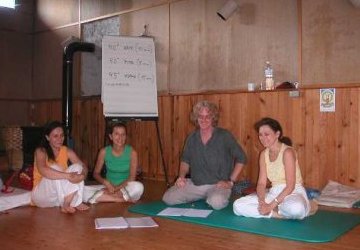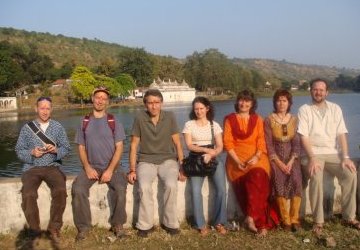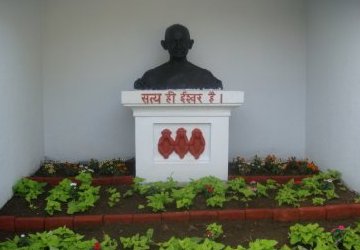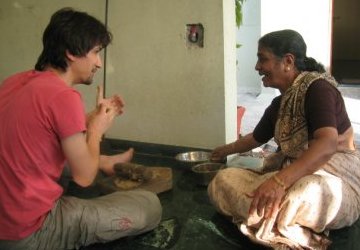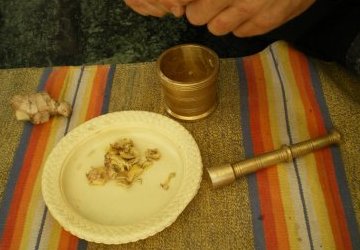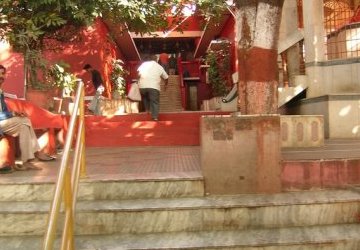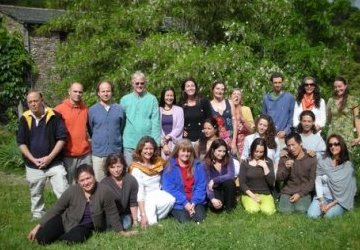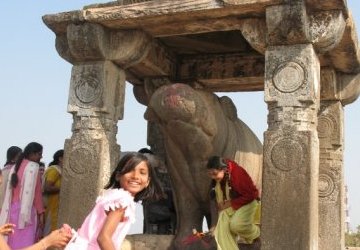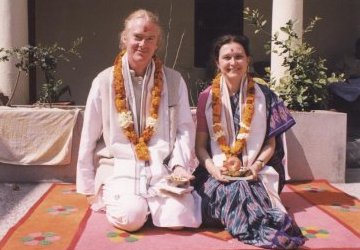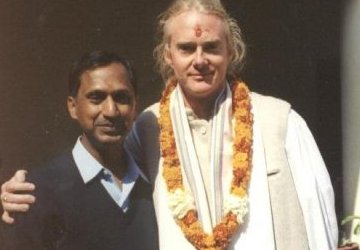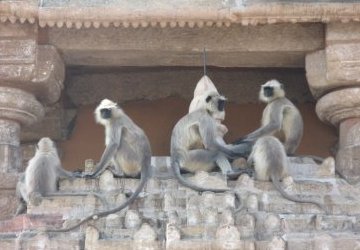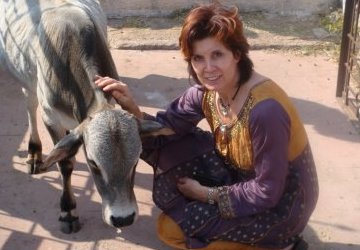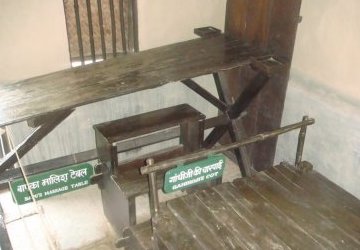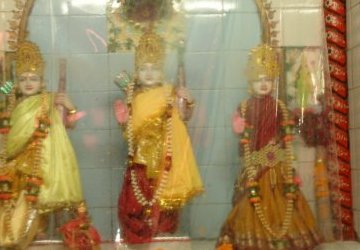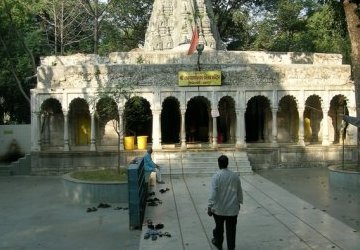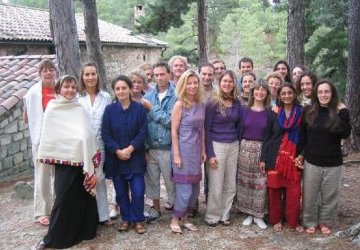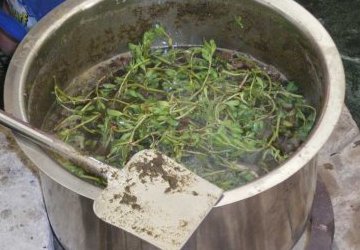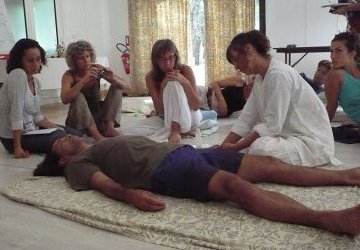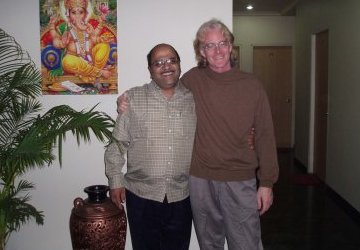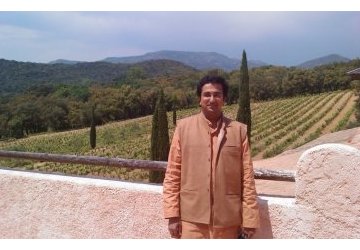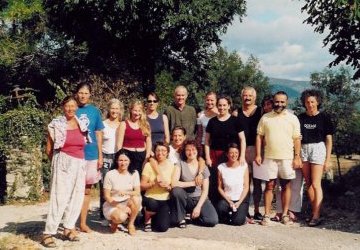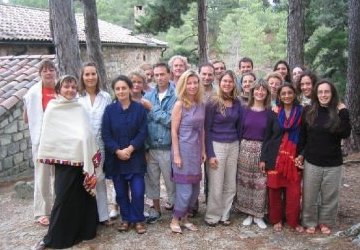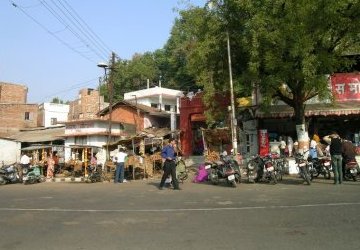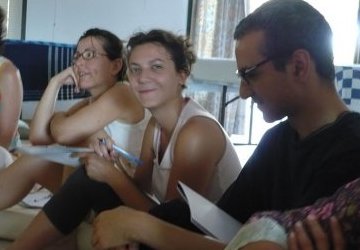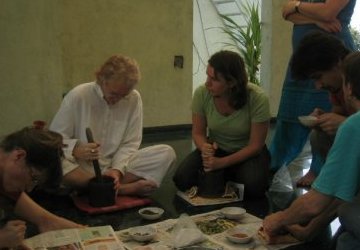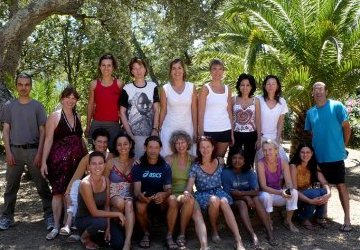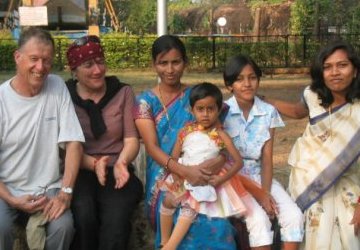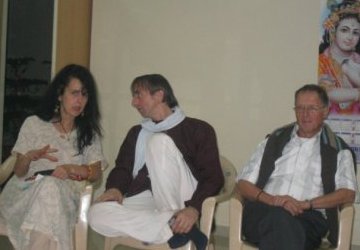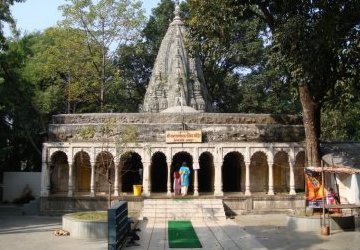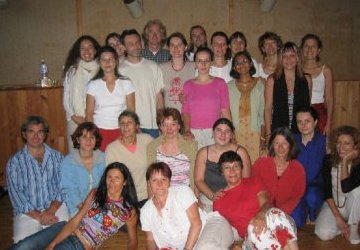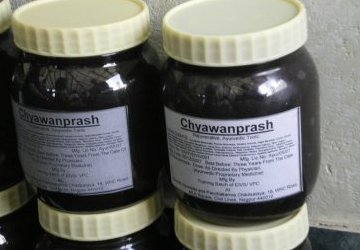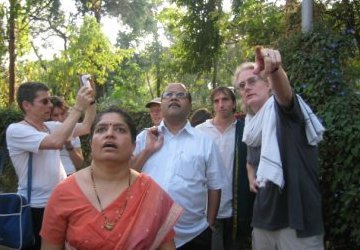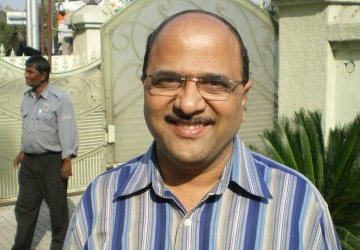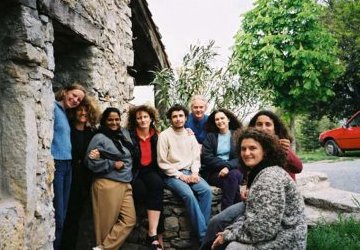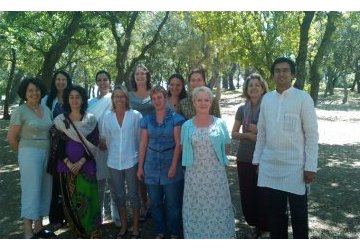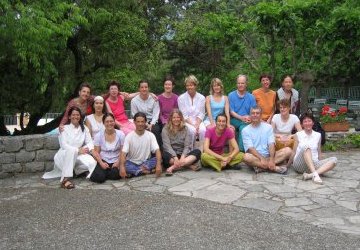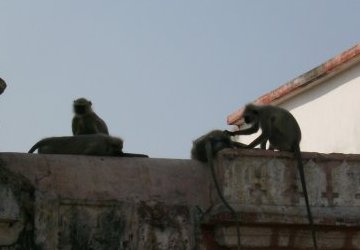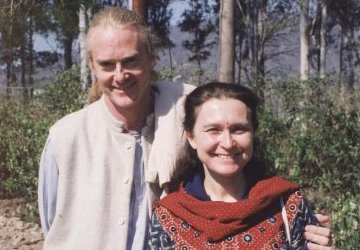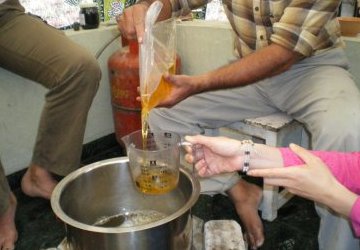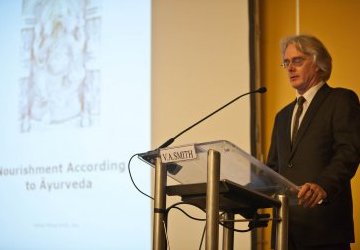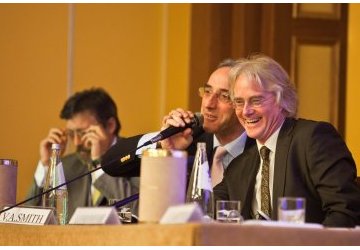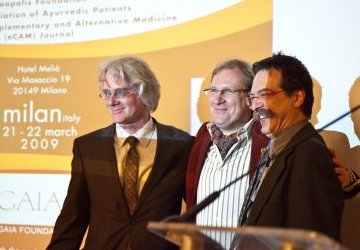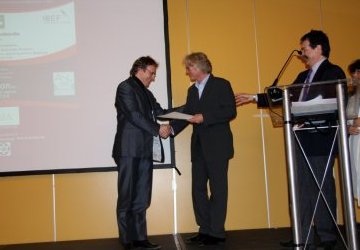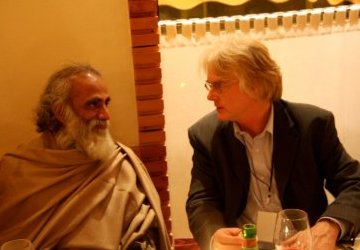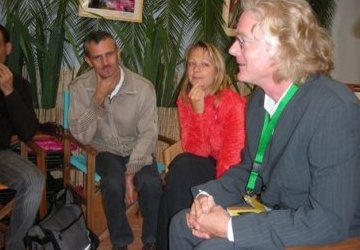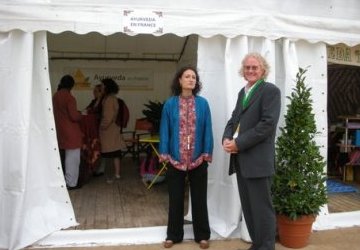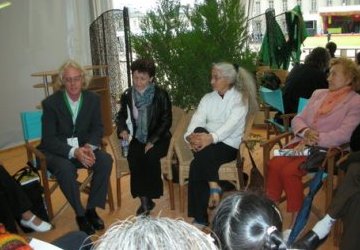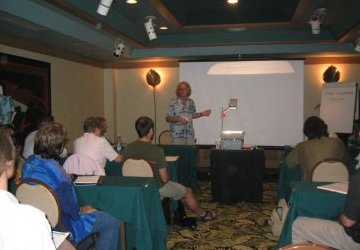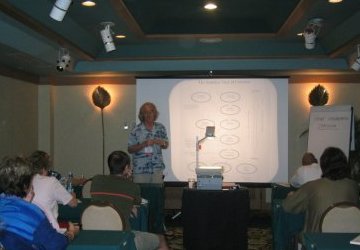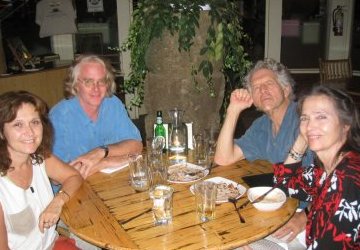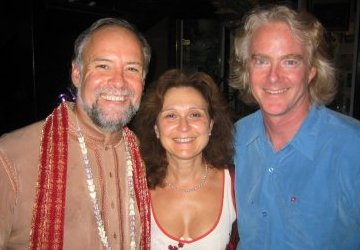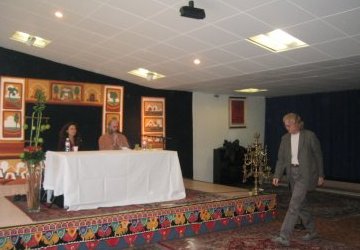Atherosclerosis: An Ayurvedic Perspective
Atherosclerosis is a form of the disease arteriosclerosis defined as thickening and hardening of the arterial walls. According to modern medicine arteriosclerosis is a natural occurring phenomenon due to the aging process however it can be also due to damage caused to the walls of arteries because of hypertension. Looking briefly at arteriosclerosis will help differentiate between both arteriosclerosis and atherosclerosis, as the causative factors vary.
Modern medicine has established that in arteriosclerosis changes occur in the tunica intima, the inner surface area of the arteries causing it to stiffen and thicken losing its natural elastic consistency that supports blood circulation. The changes occurring within the tunica intima happen over an extended period of time and as the changes progress the lumen of the artery becomes narrowed compromising circulation and causing or complicating other conditions such as hypertension, weakening of atrial walls and insufficient perfusion of tissues. Interestingly it has been noted that changes in lipid, cholesterol and phospholipids metabolism within the tunica intima contribute to the disease process. Ayurveda agrees that this disease is in fact a disease associated with aging and can be caused by changes to blood circulation; however the causative factors behind the disorder are viewed differently due to the Ayurvedic perception of the body and the energies behind bodily function.
Aging is due to the action of vata – the function of movement within the body and the principle responsible for catabolism. Old age falls under the dominance of vata as it is the stage of life ruled by the vata dosha. The presence of vata in old age is readily expressed as our body degenerates and exhibits weakening and wasting of the tissues, seen in disorders that affect the elderly such as osteoporosis, osteoarthritis and thinning of the skin. As we age our ability to rejuvenate cellular tissue is impeded due to a decline in cellular metabolism, hence we are unable to replace and repair cellular tissue at the same rate that it is degenerating. This is due to the fact that vata having first affected Jathara Agni – the digestive process in the GI tract begins to affect metabolism or dhatu Agni at the level of each of the seven tissues.
In the disorder arteriosclerosis, dhatu Agni is affected by vata at the level of rakta dhatu – blood, which also affects the formation of the superior byproducts and waste products of rakta dhatu. The superior byproducts of rakta known as rakta upadhatu include the blood vessels, sinew and small tendons. The disturbance to Rakta dhatu Agni causes both dhatu kshaya - decrease in the quantity of tissue formation and dhatu dushti -decreased quality of tissue formation. In the case of arteriosclerosis dhatu kshaya and dhatu dushti occurs at the level of the upadhatu observed in the changes in tissue formation presented in the tunica intima of the arterial wall. Circulation is governed by Vyana vayu, one of the five subdoshas of Vata responsible for movement from the center of the body to the periphery and hence it is recognized as the functional energy behind the circulatory system. The circulatory system is known in Ayurveda as Raktavaha srota, the channel that carries and nourishes the blood. Rakta dhatu kshaya manifesting in the upadhatu of rakta – effectively the structures that support raktavaha srota; starts to disturb the flow of vata in the circulatory system. This disturbance to vata in raktavaha srota causes Marga Avarodha – obstruction to the normal directional flow of vata in the channel. This causes Vata Vriddhi – aggravation to Vata, in this case Vyana Vayu causing hypertension and further damaging the blood vessels.
As stated earlier arteriosclerosis can also be caused by long standing hypertension and to understand how this may occur we have to understand what functional forces are responsible for different functions in the body. Vata as stated earlier is responsible for movement in the body and it is easily disturbed. There are five subtypes of vata named vayu meaning vata or wind, each vayu is responsible for a certain function in the body. Any aggravation of one of the five subdoshas will ultimately lead to an imbalance of one or more of the remanding four vayu’s resulting in complications arising in various systems of the body. For example Prana vayu, one of the five subdoshas of vata responsible for the inward breath and intelligence, is attributed to the movement of intelligence in the mind and when it is balanced it supports the clear flow of intelligence perceived as calm thought. When Prana vayu is disturbed or aggravated it causes excess or deficient flow of Prana in the mind manifesting as anxiety, confusion and depression.
The mind has a close relationship with the breath observed in changes of respiratory rate due to emotional stimulus. This is due to both mental intelligence and inward breath being governed by the same ruling functional energy – Prana vayu. When Prana Vayu is aggravated by increased vata due to stress, the mind and breathing are affected which in turn affects Vyana vayu – the functional force behind circulation. Vyana vayu responsible for governing the flow of blood to the peripheral tissues having been affected by excessive flow of vata causes increased blood pressure - hypertension. Increased flow of vata in the circulatory system – Raktavaha srota starts to affect the structures that form its pathway, root and mouth. Vata affecting raktavaha srota causes hardening of the arteries due to its drying affect caused by the friction of excessive vata on the tissues. The excessive flow in a channel is known as Atipravrutti.
In predominance of vata, particularly there is vacantness in heart, palpitations, wasting, tearing, obstructed movement and mental confusion. – Caraka Samhita
Atherosclerosis is due to other factors and hence it presents slightly different from arteriosclerosis. Atherosclerosis is hardening and thickening of the arteries due to the formation of fat and fibrin deposits within the arterial tissue. Modern medicine classifies atherosclerosis as an inflammatory disease caused by injury to the endothelial cells that line the walls of arteries. Causes of injury to endothelial tissue include smoking, hypertension, hyperlipidemia, toxins, virus and immune reactions. Due to tissue damage a local immune response (inflammation) is initiated resulting in a number of factors leading to the oxidation of low-density lipoprotein (LDL). Oxidized LDL has been shown to be toxic to endothelial cells and it causes smooth muscle perforation and abnormal vasoconstriction. Macrophages present at the site of injury due to local immune response engulf the oxidized LDL and then perforate into the intima of the vessel where they then form a lesion known as a fatty streak causing a thickened area of the blood vessel narrowing the circumference of the lumen. Narrowing of the lumen of the artery is further accomplished as a fibrous plaque is formed over the fatty streak due to collagen formation over the affected area. This causes further damage to the endothelial tissue resulting in necrosis of the under lying vessel tissue and protrusion of the fibrous plaque complicating blood flow. The fibrous plaque can ulcerate or rupture as it develops, causing further degeneration of the tissue due to factors present in the immune response to the area. This can eventually lead to a complete blockage of the artery causing the blood supply to be cut of completely to the area serviced by the diseased artery.
Ayurveda classifies atherosclerosis as a Sanga – Deficient flow, also stagnation and accumulation; disorder of kapha origin affecting Vyana vayu in Raktavaha srota. The causative factor being Kapha affects meda dhatu – adipose tissue, particularly the meda dhatu agni – metabolism at the level of adipose tissue. Decreased metabolic function at the level of adipose tissue increases the formation of adipose tissue resulting in excess meda dhatu either as subcutaneous fat or fat that surrounds the organs. Increased meda dhatu formation begins to encroach on the upadhatu of rakta dhatu - blood, that being the arteries and blood vessels. As the meda dhatu accumulates in the raktavaha srota it begins to block the flow of Vyana vayu as it carries the blood from the heart to the peripheral tissues. Due to blockage of Vyana vayu blood pressure is increased to counter the kapha stagnation hence hypertension presents as a clinical sign. Kapha type symptoms will also be present such obesity, oedema, lethargy, sinus congestion and high blood cholesterol.
Due to kapha heart gets obstructed in movement, heavy and dull associated with salivation, fever, cough and drowsiness. – Caraka Samhita
References:
– Huether & McCance, “Pathophysiology- The Biological Basis for Disease in Children & Adults”, 4th Ed, 2002, Mosby, Missouri.
– Lad, V., “Textbook Of Ayurveda- Fundamental Principles”, 2002, The Ayurvedic Press, Albuquerque.
– Ranade, Prof. Dr, Subhash. Frawley, O.M.D. Dr. David. Ayurveda Natures Medicine. Wisconsin USA. Lotus Press
– Sharma, Prof. P.V. Caraka Samhita (Text with English translation), Jaikrishnadas Ayurveda Series. Varanasi India: Chaukhambha Orientalia, 2000
– Srikantha Murthy, Prof. K. R. Astanga Hrdayam; Varanasi India. Krishnadas Academy, Fourth 1999
Brenden Skudder © 2004


